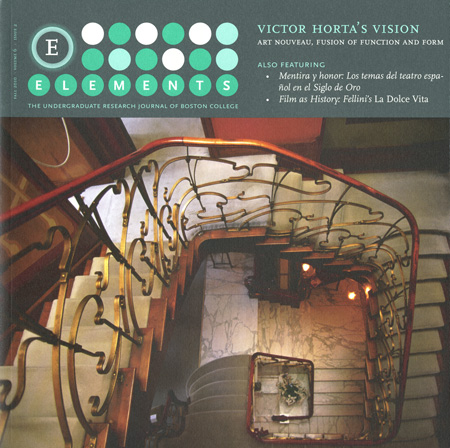Guercino's Erminia: A Gifted Painting's Story of Italian Power Culture
DOI:
https://doi.org/10.6017/eurj.v6i2.9037Keywords:
Fall 2010, humanities, art historyAbstract
Amidst the decadence of baroque Rome, presenting romanitas (i.e. "Roman-ness") was essential to becoming part of the city's governing elite. Establishing art collections and picture gallaries was a means for ambitious families to display their socioeconomic status, sophistication, and worthiness to assume to role among the foremost Roman families. Like many Roman nobles in the seventeenth century, the Pamphili family amassed a collection, some of which survives in the Galleria Doria-Pamphili in Rome. Although the Pamphilis used the accumulation of art to drive their familial ambition, this family and their relation to the pontificate were unusual due the status of Donna Olimpia Maidalchini Pamphili, sister-in-law of Pope Innocent X. The self-appointed matriarch fashioned herself into a woman of influence, and was considered by some to be the real power behind the Pamphili papacy. The study of Guercino's Ermina Finds the Wounded Tancred, a painting from the Pamphili collection with ties to Donna Olimpia, sheds light upon the complexity of her powerful role in Rome and elucidates the role of art in the Baroque Period.Downloads
Published
2010-11-10
How to Cite
Williamson, K. (2010). Guercino’s Erminia: A Gifted Painting’s Story of Italian Power Culture. Elements, 6(2). https://doi.org/10.6017/eurj.v6i2.9037
Issue
Section
Articles
License
Copyright (c) 2015 Elements

This work is licensed under a Creative Commons Attribution 4.0 International License.

